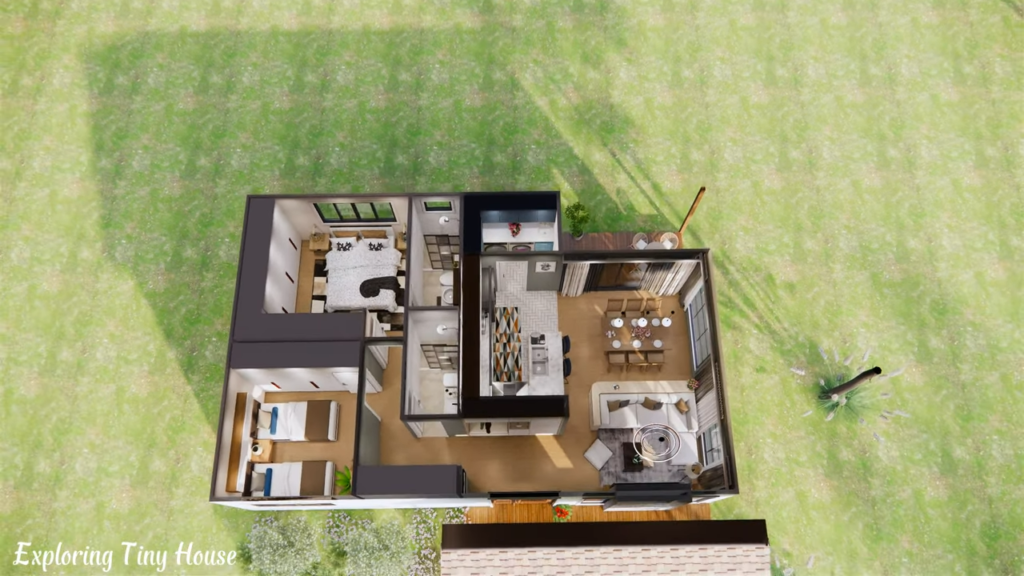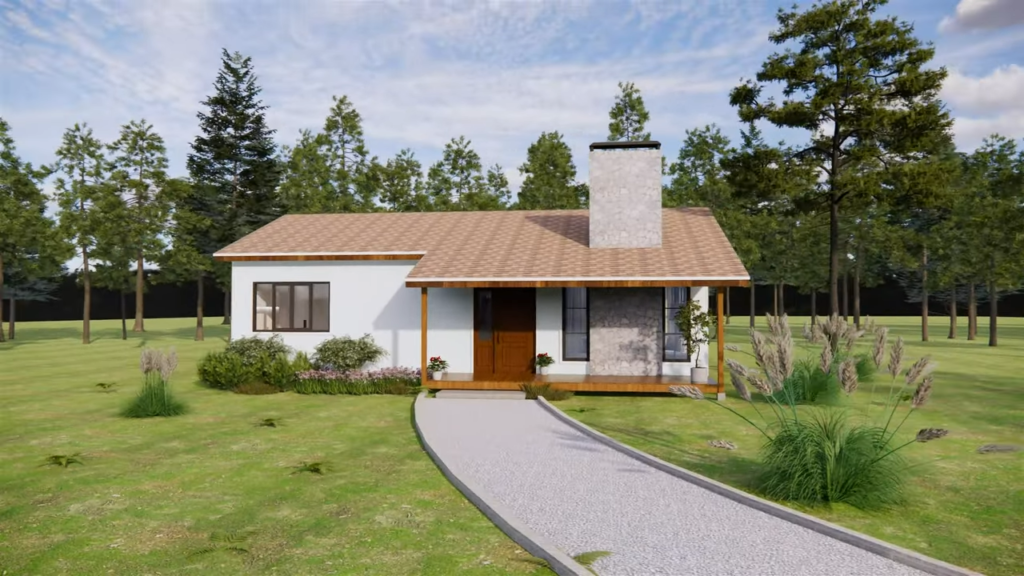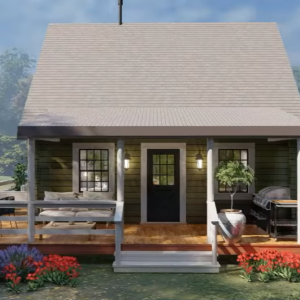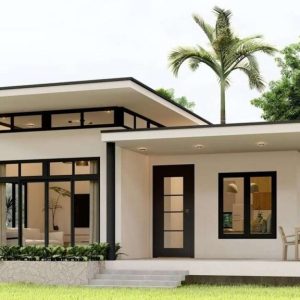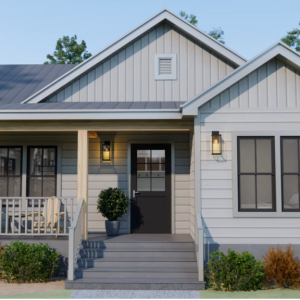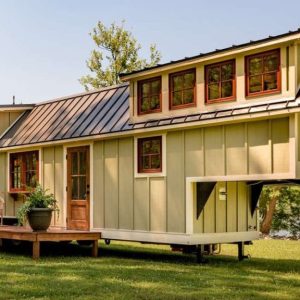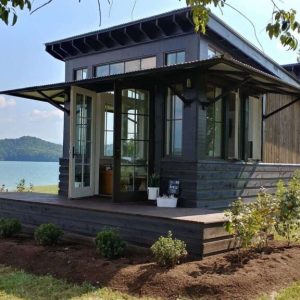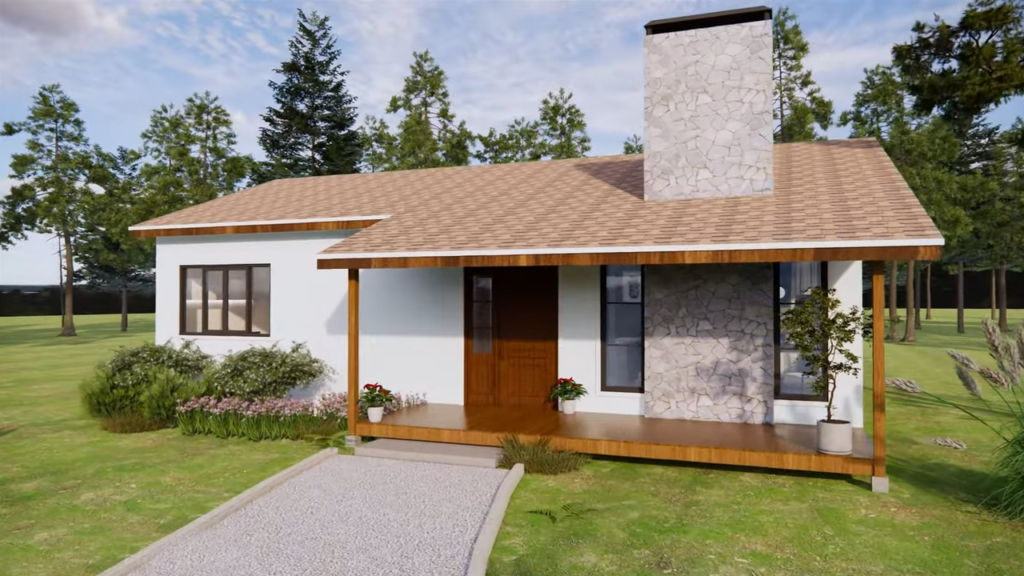
Modern tiny houses integrated with nature are one of the sustainable housing trends that are attracting increasing interest today. While these houses attract attention with their designs in harmony with nature and environmentally friendly features, they also challenge the complexity of modern life by not only reducing living spaces but also simplifying lifestyles.
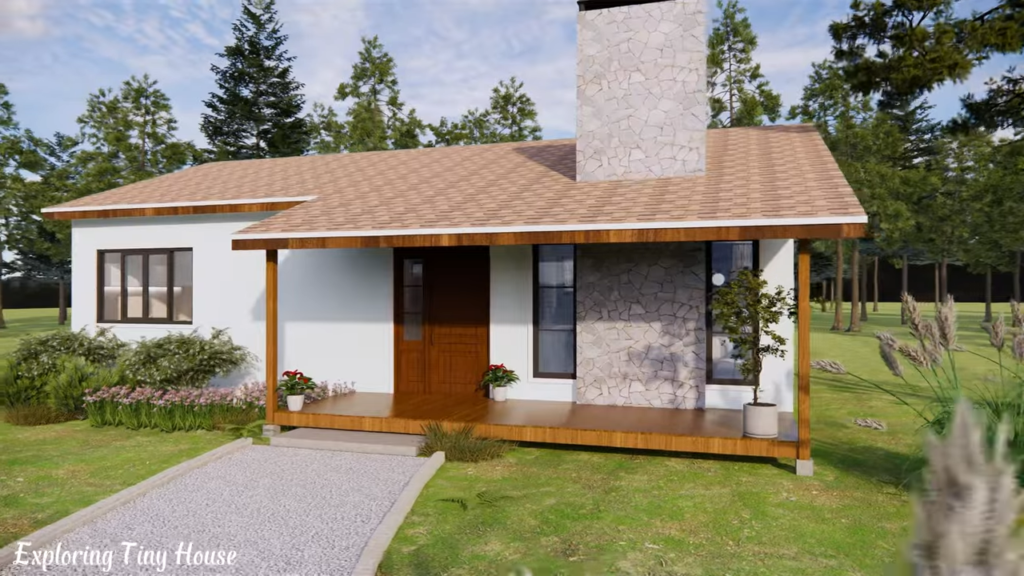
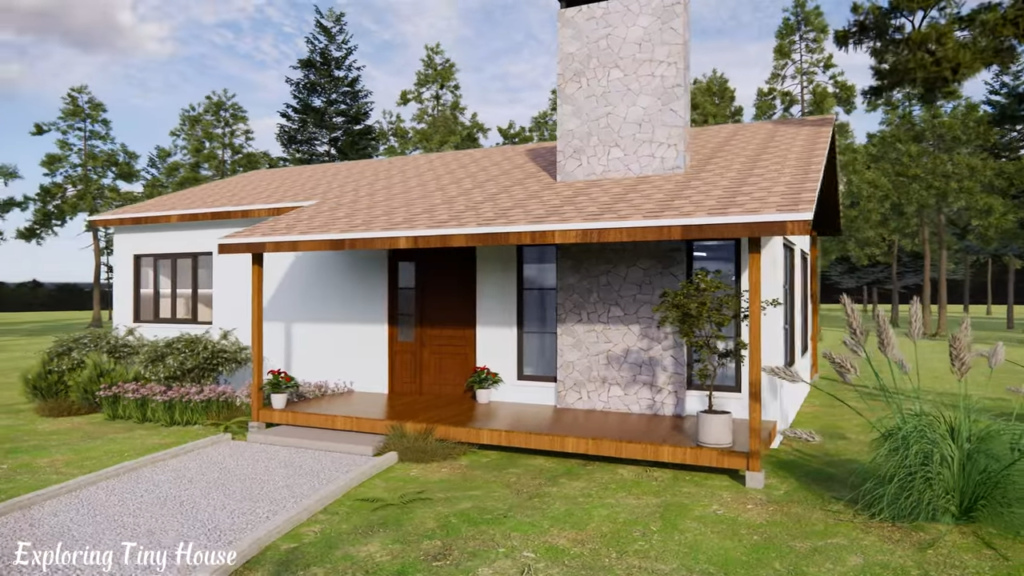
Such houses are usually planned with great care in interior design and functionality, despite their small size. People aim to establish a closer relationship with nature by abandoning unnecessary consumption habits and focusing on simple living. These homes are often built with sustainable materials and designed for energy efficiency. Features like solar panels, rainwater harvesting systems, and energy-efficient appliances are just a few of the things that make these homes environmentally friendly.
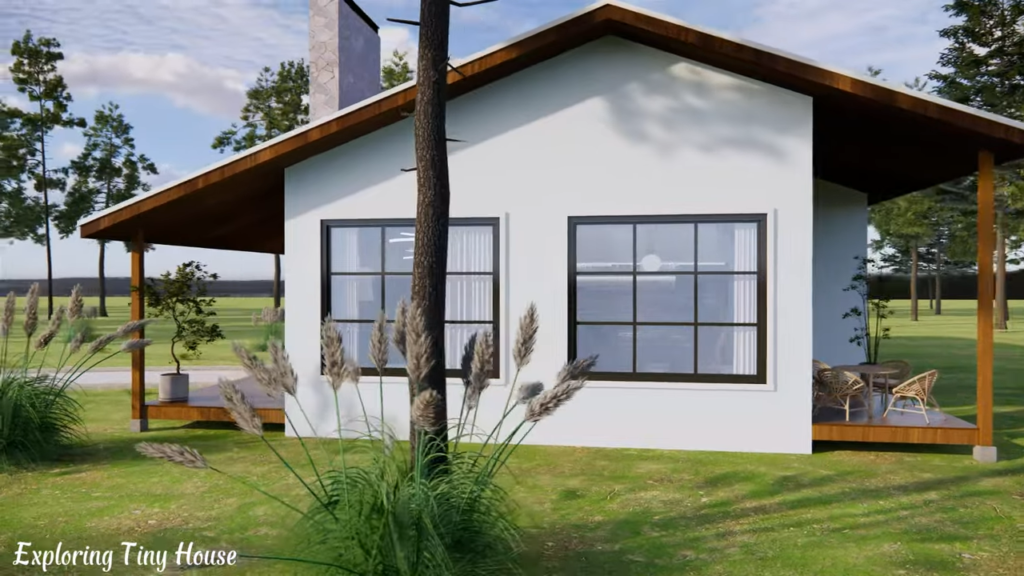

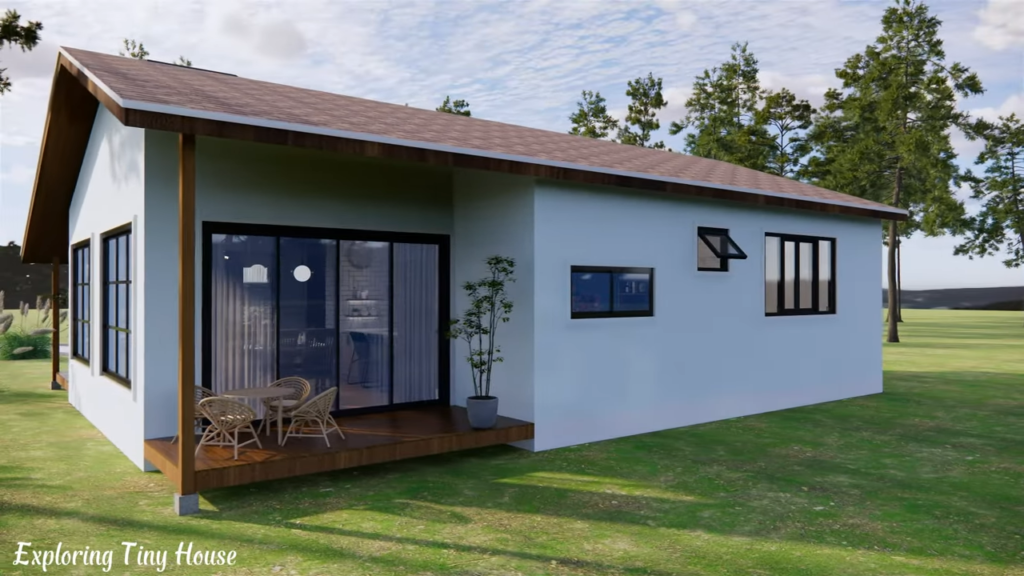
Modern tiny houses often emerge as an alternative to high housing costs and cramped living conditions in big cities. However, these houses not only offer an economical solution, they also enable people to interact with nature more often. Large windows and open designs allow more natural light into the home and integrate the interior with the external environment.
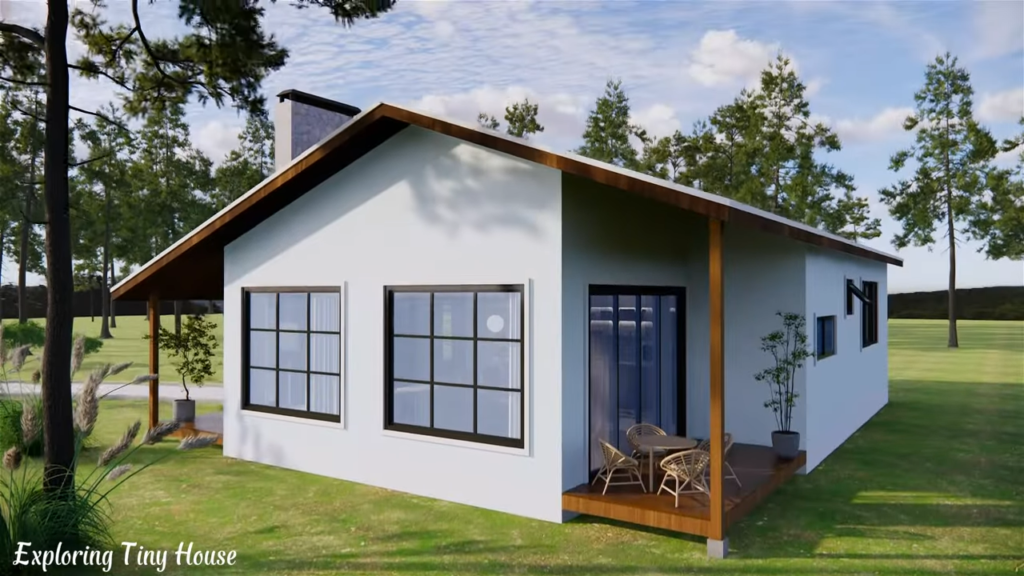
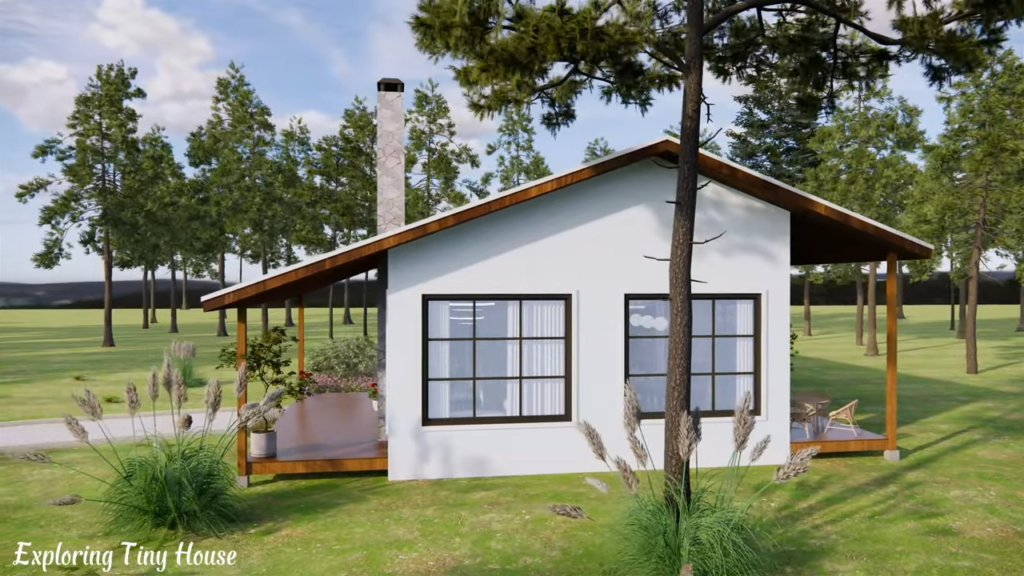
Garden design is also an important part of modern tiny houses integrated with nature. By using natural elements not only inside the house but also outside, a quiet garden or terrace area is created, providing the opportunity to spend time outdoors. These areas are often used for organic farming or growing horticultural crops, encouraging residents to form a closer connection with nature.

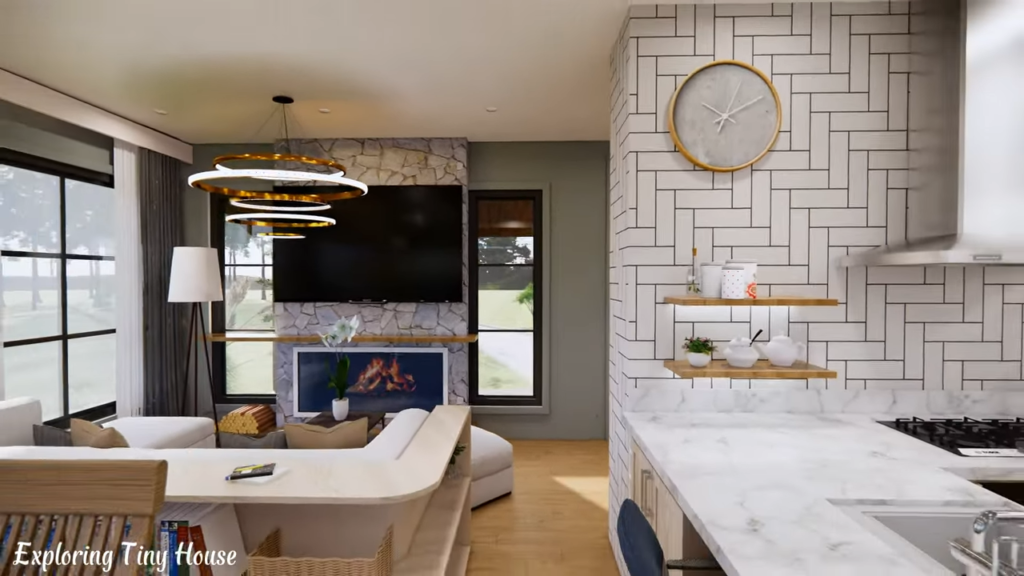
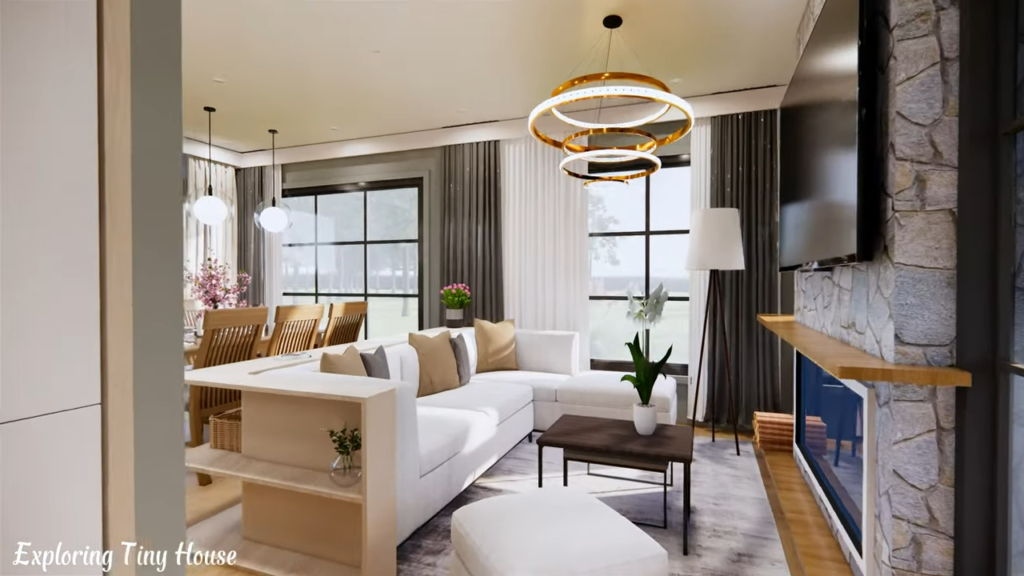
Another important feature of modern tiny houses integrated with nature is that they are portable. These houses, some of which are built on wheeled chassis, offer their owners the freedom to live wherever they want. This gives people the chance to escape restrictive urban life and live a life in touch with nature. Portable tiny houses have become not just a form of housing, but also a symbol of a lifestyle that embraces the philosophy of freedom and flexibility.

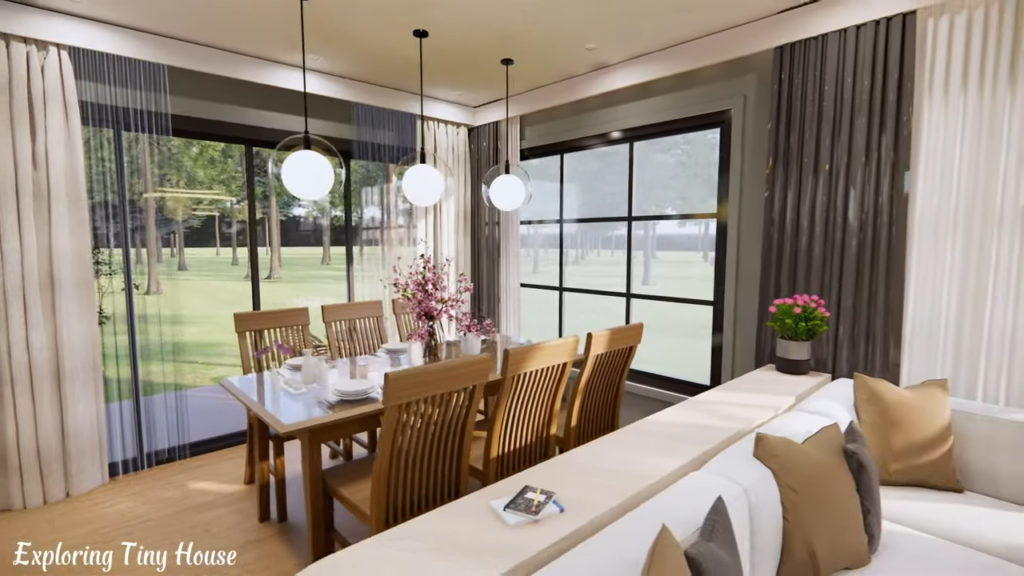
The interior design in these homes often adopts a multifunctional and space-saving approach. Smart storage solutions, modular furniture, and multi-purpose areas are designed to provide maximum comfort in limited space. In addition, the frequent use of natural materials and the minimalist decoration approach give the interiors an open, spacious, and peaceful atmosphere.

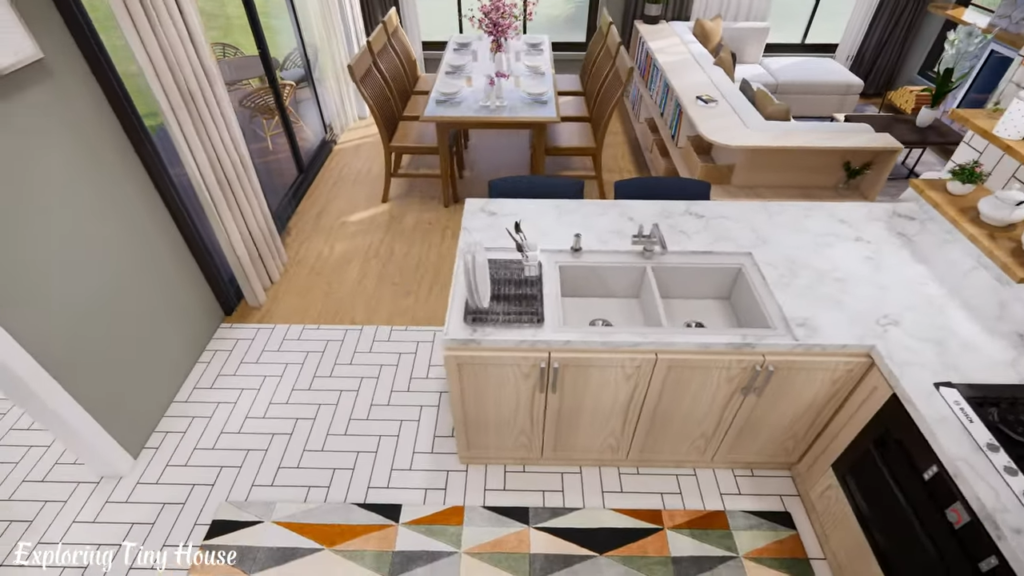

Those who live in such homes often tend to spend more time outdoors to better understand and appreciate their surroundings. Activities such as hiking, camping, and nature observation allow tiny house owners to interact with their environment more frequently. Additionally, these homes often aim to reduce an ecological footprint and support sustainable living.
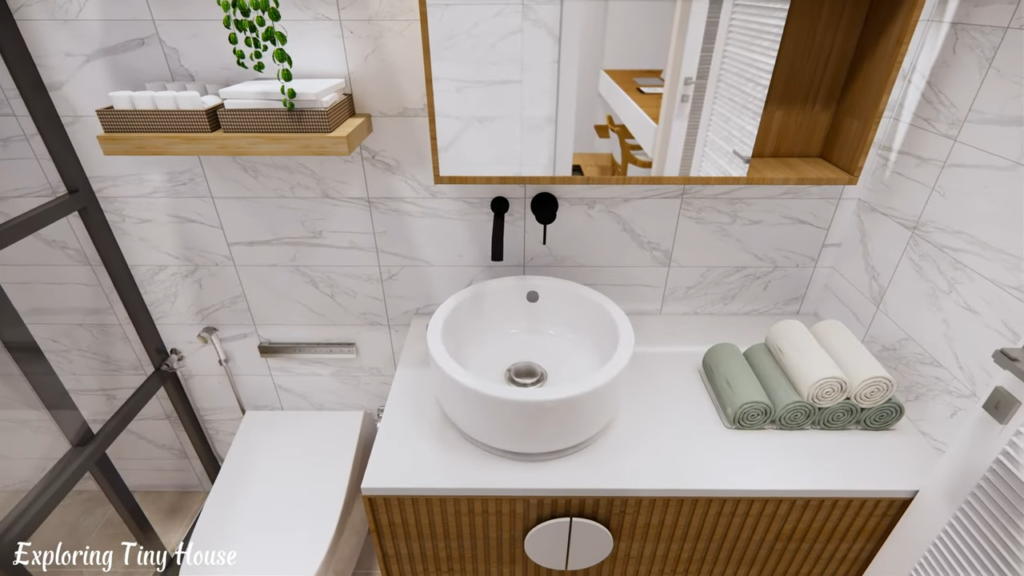
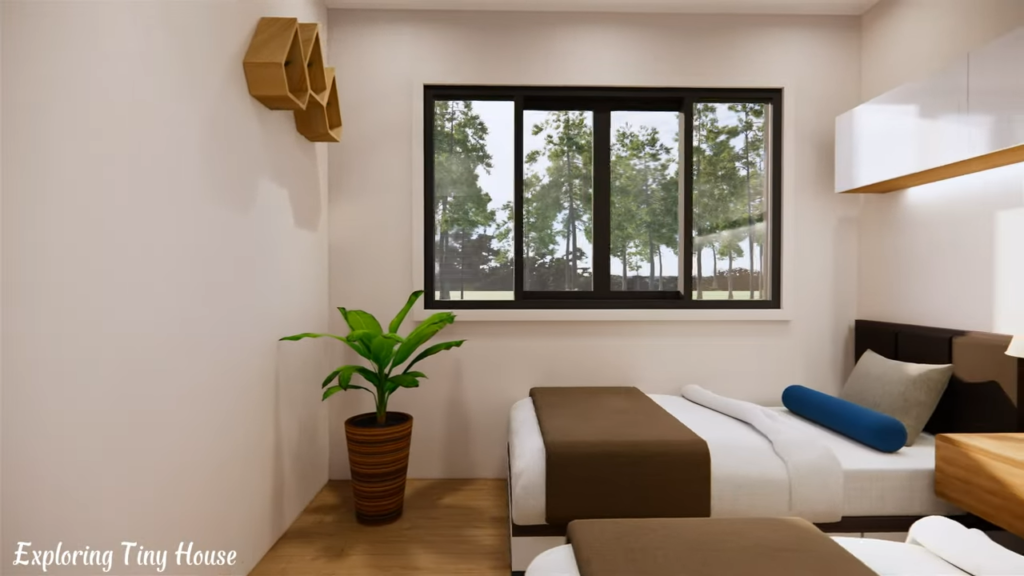
Modern tiny houses integrated with nature are not just a housing option, but also a part of a philosophy that questions lifestyle, consumption habits, and relationship with nature. These houses not only meet personal comfort and needs but also encourage people to live a nature-friendly life by creating a greater awareness of environmental responsibility and sustainability. In this context, modern tiny houses integrated with nature seem to continue to play an important role in future housing trends and sustainable living practices.
